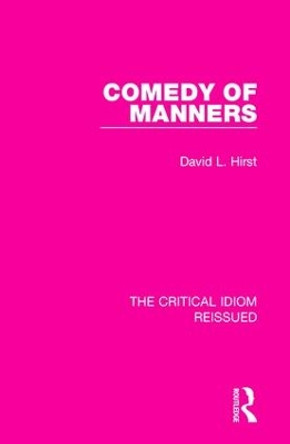Description
In this brief study, originally published in 1984, David Hirst examines the meaning of the term 'tragicomedy' by elucidating the most important theories of the genre and by analysing those plays which represent its most vital and influential expression. He draws a distinction between tragicomedies and conceived as a careful fusion of contrasted dramatic elements and as a mixed genre which seeks to exploit a volatile combination of theatrical extremes.
In the first part he compares neo-classical romance and satire. The plays of Shakespeare, Fletcher and Corneille, seen in the context of the literary theory of Guarini, are contrasted with Marlowe and the writers of revenge tragedy. The second part examines the conflict of Romanticism and realism in nineteenth- and twentieth-century theatre. Shaw, Chekhov and the Absurdists are viewed in relation to the key theories of tragicomedy expounded by Brecht, Artaud and Pirandello. The study concludes with a consideration of certain significant contemporary plays - by Edward Bond, Peter Nichols and Peter Barnes - in the context of the historical development of the genre.
About the Author
David L. Hirst
Book Information
ISBN 9781032217024
Author David L. Hirst
Format Hardback
Page Count 154
Imprint Routledge
Publisher Taylor & Francis Ltd
Weight(grams) 450g









